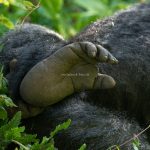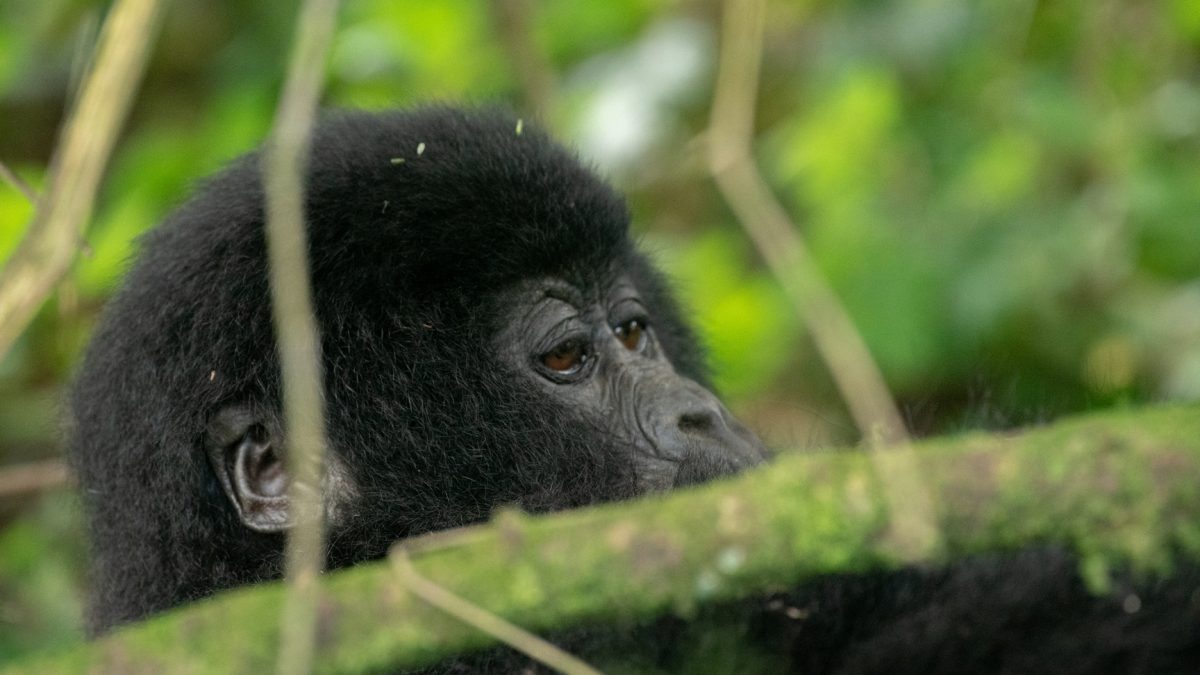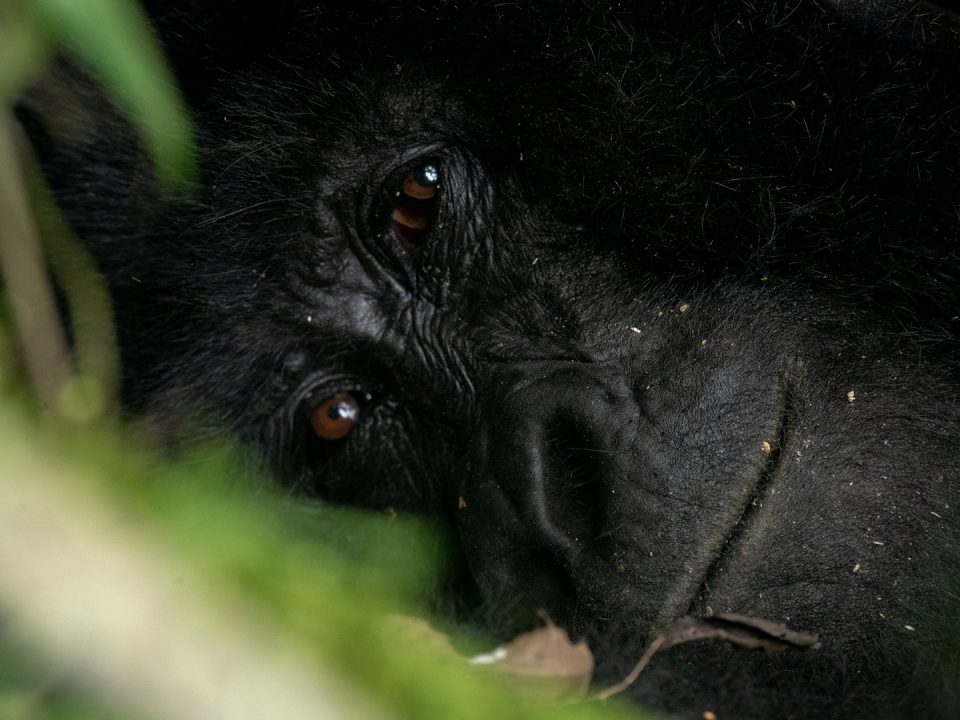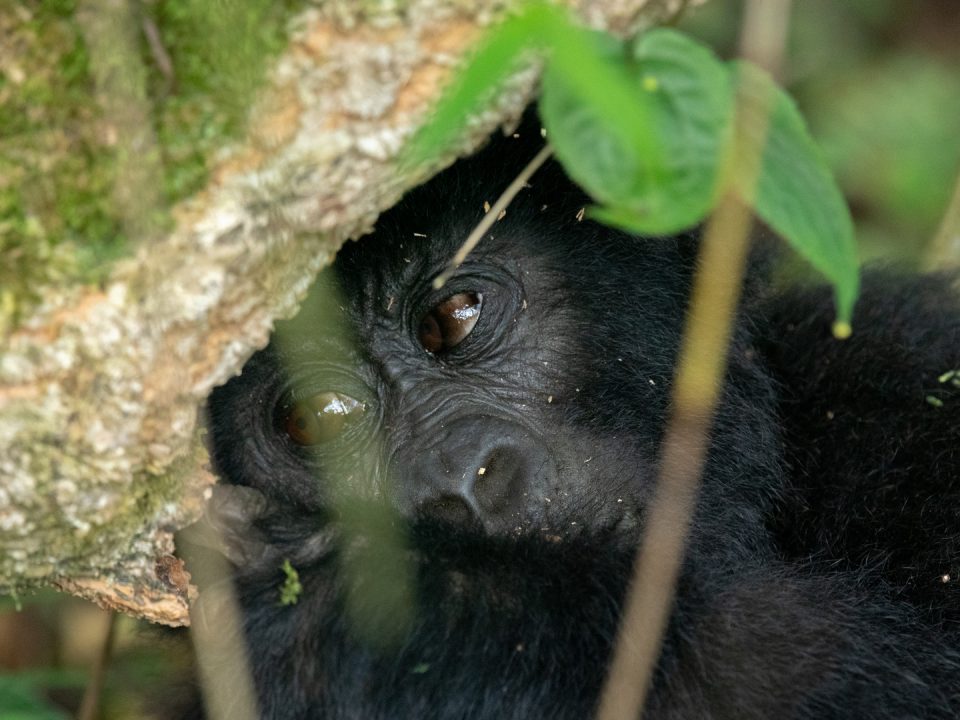
What is the Temperature for Gorilla Trekking in Uganda?
February 23, 2025
How Many Days for Gorilla Trekking in Uganda?
February 23, 2025Is Uganda Safe for Gorilla Trekking?
A Comprehensive Guide to Safety for Gorilla Trekking in Uganda by Deks Safaris & Tours Ltd.
Gorilla trekking in Uganda is one of the most extraordinary wildlife experiences on earth. Every year, thousands of visitors from around the globe venture into the country’s pristine rainforests to track the majestic mountain gorillas in their natural habitat. However, before embarking on this once-in-a-lifetime adventure, one of the most common questions that arise is, “Is Uganda safe for gorilla trekking?”
At Deks Safaris & Tours Ltd., we understand the importance of safety when planning a gorilla trekking trip. This article provides a detailed look at the safety aspects of gorilla trekking in Uganda, covering everything from security measures to the precautions you need to take before, during, and after your trek.
Understanding the Safety Landscape in Uganda
Political and Social Stability
Uganda has made significant strides in maintaining political stability over the past two decades. While the country has faced challenges in the past, it is now considered relatively peaceful, especially in regions like Bwindi Impenetrable National Park and Mgahinga Gorilla National Park, which are the main gorilla trekking destinations. These areas are far from any potential political unrest and are among the most secure regions in Uganda for tourists.
The Ugandan government has also prioritized tourism security and has worked with international agencies to improve the infrastructure and safety of national parks, making it a safe environment for visitors.
Safety in and Around Gorilla Trekking Locations
Both Bwindi Impenetrable National Park and Mgahinga Gorilla National Park are located in southwestern Uganda, which is known for its low crime rates compared to other parts of the country. These parks are primarily visited by tourists engaging in gorilla trekking, and the local authorities, along with the Uganda Wildlife Authority (UWA), take extensive precautions to ensure the safety of visitors.
UWA employs highly trained rangers and guides who are skilled in guiding trekkers through the dense forests and ensuring safety during the trek. Local communities, including porters, are also trained to help trekkers navigate the terrain and provide assistance if needed, making the overall trekking experience both secure and enjoyable.
Safety During the Trek
Gorilla Viewing Guidelines and Protocols
When trekking to see the gorillas, safety is a top priority. The Uganda Wildlife Authority (UWA) has established strict guidelines to minimize risk for both trekkers and gorillas. For instance, a maximum of eight trekkers are allowed to visit each gorilla group per day, ensuring a controlled environment with minimal disturbance.
Experienced Rangers and Guides
The trekkers’ safety is further guaranteed by the presence of expert rangers and guides who accompany every trekking group. These guides are not only knowledgeable about the gorillas but also well-versed in ensuring that trekkers adhere to safety measures. They provide a wealth of information about gorilla behavior, instruct trekkers on how to interact with the animals, and manage any potential risks.
The rangers are also trained to handle emergency situations, such as the need to evacuate a hiker due to injury or illness. The guides keep a safe distance from the gorillas (at least 7 meters) to prevent any potential harm to the animals and to ensure that the experience remains safe for trekkers.
Wildlife and Terrain Considerations
While the gorillas themselves are generally docile and habituated to human presence, the trek through dense forested terrain can present some physical challenges. Trekking through the dense, muddy, and hilly terrain of the rainforests can be physically demanding, and safety during the hike depends on adequate preparation.
Proper footwear, like sturdy hiking boots, is essential to avoid slips and injuries. Additionally, it’s important to be aware of other wildlife, such as insects and smaller animals, that may be encountered during the trek. However, attacks by wild animals are extremely rare, as trekkers are accompanied by professional guides who understand how to handle such situations.
Health and Medical Considerations
Health Precautions for Trekkers
While gorilla trekking is not inherently dangerous, trekkers should consider a few health precautions to ensure a safe experience. Uganda is a tropical country, and trekkers should take steps to protect themselves from diseases such as malaria, which is prevalent in many parts of the country, especially in lowland areas.
Before traveling, it’s recommended to consult with a healthcare provider to receive malaria prophylaxis and any other recommended vaccines, including those for yellow fever and hepatitis A.
It’s also important to be in good physical health before embarking on a trek. Though the trekking itself is not extreme, the elevation and sometimes steep paths can be taxing on individuals who are not accustomed to hiking. Visitors should also carry a first aid kit that includes basic supplies for cuts, scrapes, and other minor injuries.
COVID-19 and Other Preventative Measures
Due to the ongoing global pandemic, Uganda has implemented a number of COVID-19 safety protocols for tourists. These include temperature checks, sanitizing stations, and the requirement for face masks at certain points during your journey. These measures help reduce the risk of illness during your trip, ensuring that you can enjoy a safe and enjoyable experience while keeping the health of local communities and gorillas protected.
Emergency and Rescue Services
Emergency Protocols in Place
The Ugandan authorities have established efficient emergency response systems in and around the trekking areas. In the event of an emergency, such as an injury during the trek or the need for medical attention, there are quick evacuation procedures in place.
Trekking guides and rangers are trained in first aid, and most trekking areas are located within reasonable proximity to medical facilities. For more severe cases, helicopter evacuations are available, ensuring that trekkers can be transported to the nearest hospital or medical facility swiftly. This level of preparedness gives peace of mind to those planning to go on a trek.
Security and Support Services for Tourists
Professional Tour Operators
Booking your gorilla trekking experience through a reputable and professional tour operator like Deks Safaris & Tours Ltd. adds another layer of security. We ensure that all aspects of your trip are well-organized, from airport transfers to accommodation, and everything in between. Our team works closely with the Uganda Wildlife Authority to make sure that all necessary precautions are taken to ensure your safety throughout the trek.
Furthermore, our expert guides and support staff are highly trained in customer care and can handle any issues or concerns that may arise during the trekking experience.
Conclusion: A Safe and Unforgettable Adventure
In conclusion, gorilla trekking in Uganda is generally very safe when proper precautions are taken. The combination of trained rangers, strict safety protocols, well-maintained trekking routes, and high levels of preparation ensures a safe and enjoyable experience for all trekkers. Whether it’s the natural beauty of the landscapes or the chance to see the rare and endangered mountain gorillas, Uganda offers a secure environment to embark on a thrilling wildlife adventure.
At Deks Safaris & Tours Ltd., we understand the importance of safety and have taken all necessary steps to ensure that your gorilla trekking experience is as safe, comfortable, and enjoyable as possible. If you’re ready for the adventure of a lifetime, we are here to provide expert guidance and support every step of the way.





